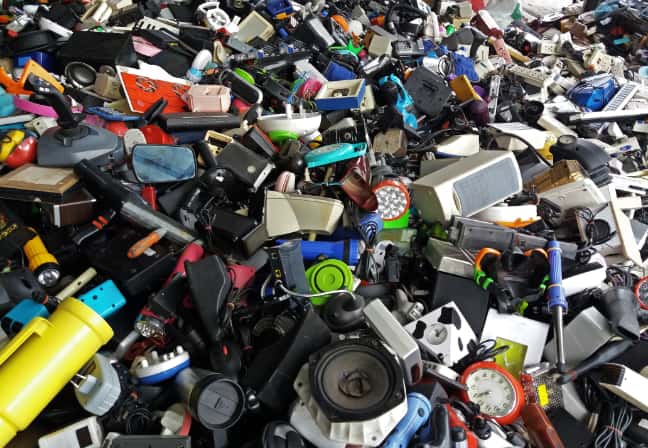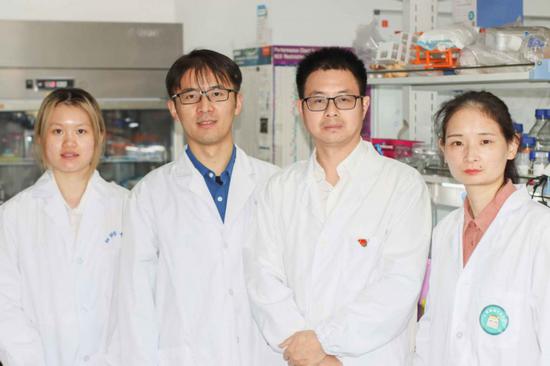
Computational boffins' research claims GenAI is set to create nearly 1,000 times more e-waste than exists currently by 2030, unless the tech industry employs mitigating strategies. The study, which looks at the rate AI servers are being introduced to datacenters, claims that a realistic scenario indicates potential for rapid growth of e-waste from 2.6 kilotons each year in 2023 to between 400 kilotons and 2.
5 million tons each year in 2030, when no waste reduction measures are considered. The team writes: For context, this total annual mass would be equivalent to discarding 2.1 – 13.
3 billion units of the iPhone 15 Pro (187 g per unit) in 2030, which translates to 0.2–1.6 units for every person on the planet that year.
The multi-national research team led by Peng Wang, professor in material circularity at the Chinese Academy of Sciences, considered four scenarios with varying degrees of generative AI production and application, ranging from an aggressive scenario with widespread applications to a conservative scenario with more specific applications. Under the scenario with the most AI growth the world could create as much as 2.5 million tons of e-waste each year.
"Our study aims not to precisely forecast the quantity of AI servers and their associated e-waste, but rather to provide initial gross estimates that highlight the potential scales of the forthcoming challenge and to explore potential circular economy solutions," the researchers say in a paper published in Nature Computational Science today. The research analysis focuses on AI servers that include GPUs, CPUs, storage, memory units, internet communication modules and power systems. Ancillary machinery such as cooling and communication units was excluded from this study.
The researchers point out that the weight of Nvidia's latest Blackwell platform in a rack system — designed for intensive LLM inference, training and data processing tasks — tips the scales at 1.36 tons , demonstrating how material-intensive GenAI can be. Other predictions suggest AI's installed computational capacity could increase approximately 500-fold from 2020 to 2030.
Meanwhile, e-waste resulting from the introduction of GenAI could increase because of geopolitical restrictions on semiconductor imports. Not all is lost, though. The study shows that if the tech industry introduces circular economy strategies along the GenAI value chain, it could result in reducing e-waste generation by between 16 and 86 percent.
"This underscores the importance of proactive e-waste management in the face of advancing GAI technologies," the researchers said. ®.














